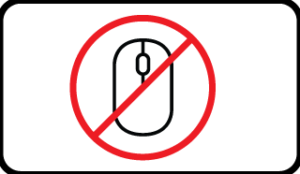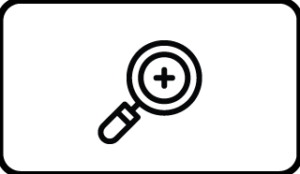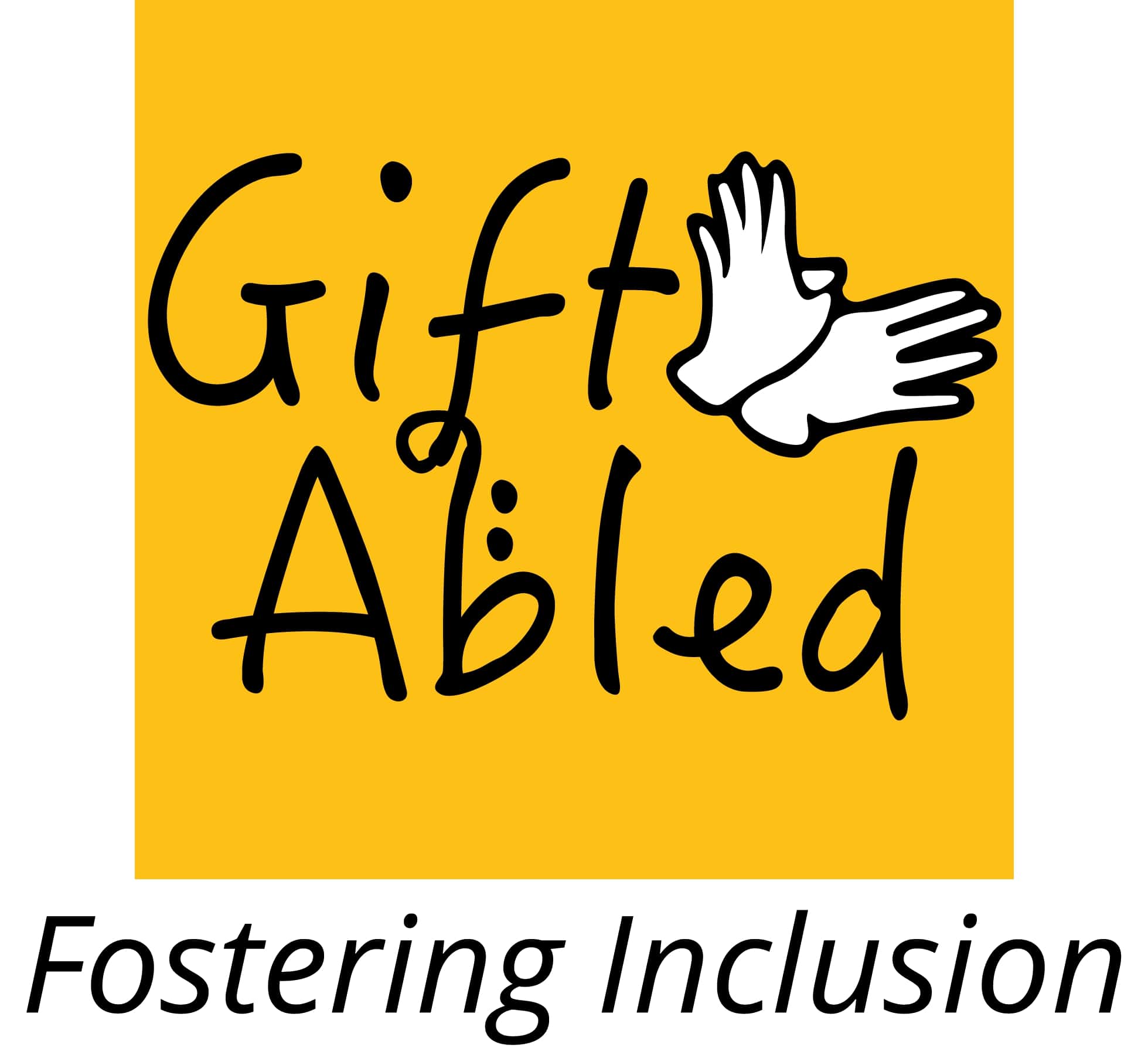WCAG 2.1 is the new Web Accessibility Standard. It is the most significant evolution in the Web Content Accessibility Guidelines since the release of WCAG 2.0 in 2008.
WCAG, Web Content Accessibility Guidelines, is the most commonly used set of web accessibility standards and changes to the WCAG recommendations affect thousands of websites for businesses, government institutions, and non-profit organizations.
The new WCAG 2.1 standards, released in 2018, include several criteria to address:
WCAG stands on its principles of being Perceivable, Operable, Understandable and Robust. In its guidelines, 2.1has added new success criteria aiming to make content more.
• adaptable
• distinguishable
• keyboard accessible
• compatible
• accessible to people with seizures and physical reactions
The changes are welcome to the accessibility community, as the massive growth in the use of smartphones and tablets, for example, needed to be accounted for more formally.
What's especially good is that WCAG 2.1 is backward-compatible with WCAG 2.0 — there are no changes to the existing recommendations from 2.0. One can remain compliant with WCAG 2.0 while they work to implement the new guidelines from 2.1.
To get a sense of the current state of one’s website accessibility, an audit is a good way to start. It gives a good understanding of where the website stands as of now.
There are also some quick and easy tests one can perform themselves. For example.
• Give Yourself an Accessibility Test - Don't Use a Mouse

• Give Yourself an Accessibility Test - Zoom Your Page to 200%

• Watch all videos and Audio content on the site on mute.
![]()
Keyboard accessibility is foundational to digital accessibility. Challenge yourself by putting the mouse down. Some people need to or prefer to magnify content to be read. Test what happens to the information on your website when you zoom in or just check how the content could be accessed by a deaf person.


